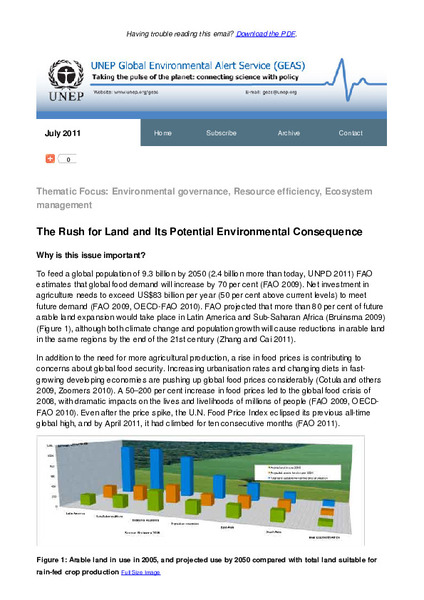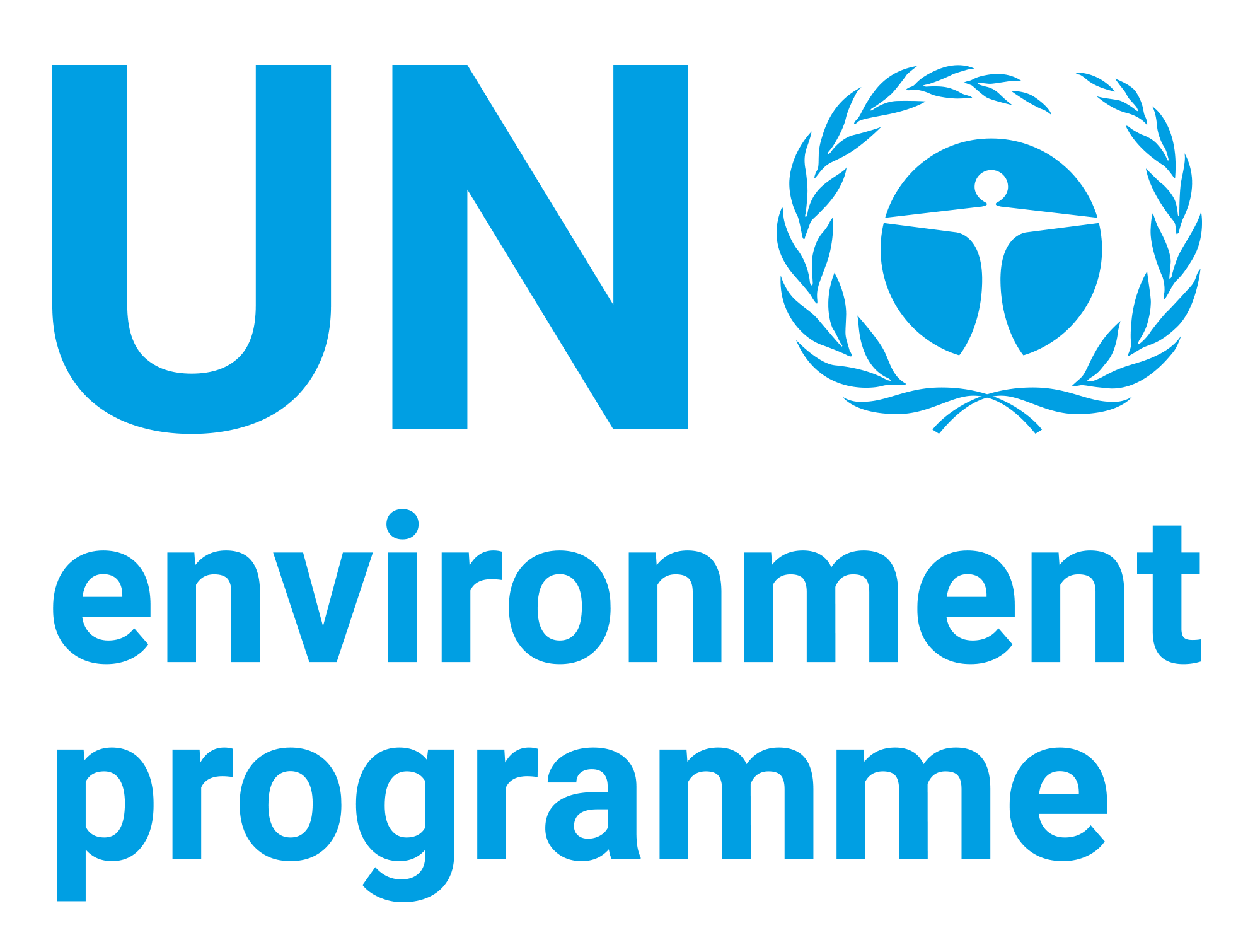The Rush for Land and Its Potential Environmental Consequence - UNEP Global Environmental Alert Service (GEAS) July 2011

Date
2011-07Author
United Nations Environment Programme
Citation Tool
Bibliographic Managers
RT Generic T1 The Rush for Land and Its Potential Environmental Consequence - UNEP Global Environmental Alert Service (GEAS) July 2011 A1 United Nations Environment Programme YR 2011-07 LK https://wedocs.unep.org/20.500.11822/40888 PB AB TY - GEN T1 - The Rush for Land and Its Potential Environmental Consequence - UNEP Global Environmental Alert Service (GEAS) July 2011 AU - United Nations Environment Programme Y1 - 2011-07 UR - https://wedocs.unep.org/20.500.11822/40888 PB - AB - @misc{20.500.11822_40888 author = {United Nations Environment Programme}, title = {The Rush for Land and Its Potential Environmental Consequence - UNEP Global Environmental Alert Service (GEAS) July 2011}, year = {2011-07}, abstract = {}, url = {https://wedocs.unep.org/20.500.11822/40888} } @misc{20.500.11822_40888 author = {United Nations Environment Programme}, title = {The Rush for Land and Its Potential Environmental Consequence - UNEP Global Environmental Alert Service (GEAS) July 2011}, year = {2011-07}, abstract = {}, url = {https://wedocs.unep.org/20.500.11822/40888} } TY - GEN T1 - The Rush for Land and Its Potential Environmental Consequence - UNEP Global Environmental Alert Service (GEAS) July 2011 AU - United Nations Environment Programme UR - https://wedocs.unep.org/20.500.11822/40888 PB - AB -View/Open
Item Statistics
Display item statisticsMetadata
Show full item recordDescription
To feed a global population of 9.3 billion by 2050 (2.4 billion more than today, UNPD 2011) FAO estimates that global food demand will increase by 70 per cent (FAO 2009). Net investment in agriculture needs to exceed US$83 billion per year (50 per cent above current levels) to meet future demand (FAO 2009, OECD-FAO 2010). FAO projected that more than 80 per cent of future arable land expansion would take place in Latin America and Sub-Saharan Africa (Bruinsma 2009) (Figure 1), although both climate change and population growth will cause reductions in arable land in the same regions by the end of the 21st century (Zhang and Cai 2011).
Collections
Document Viewer
To read more, scroll down below.

